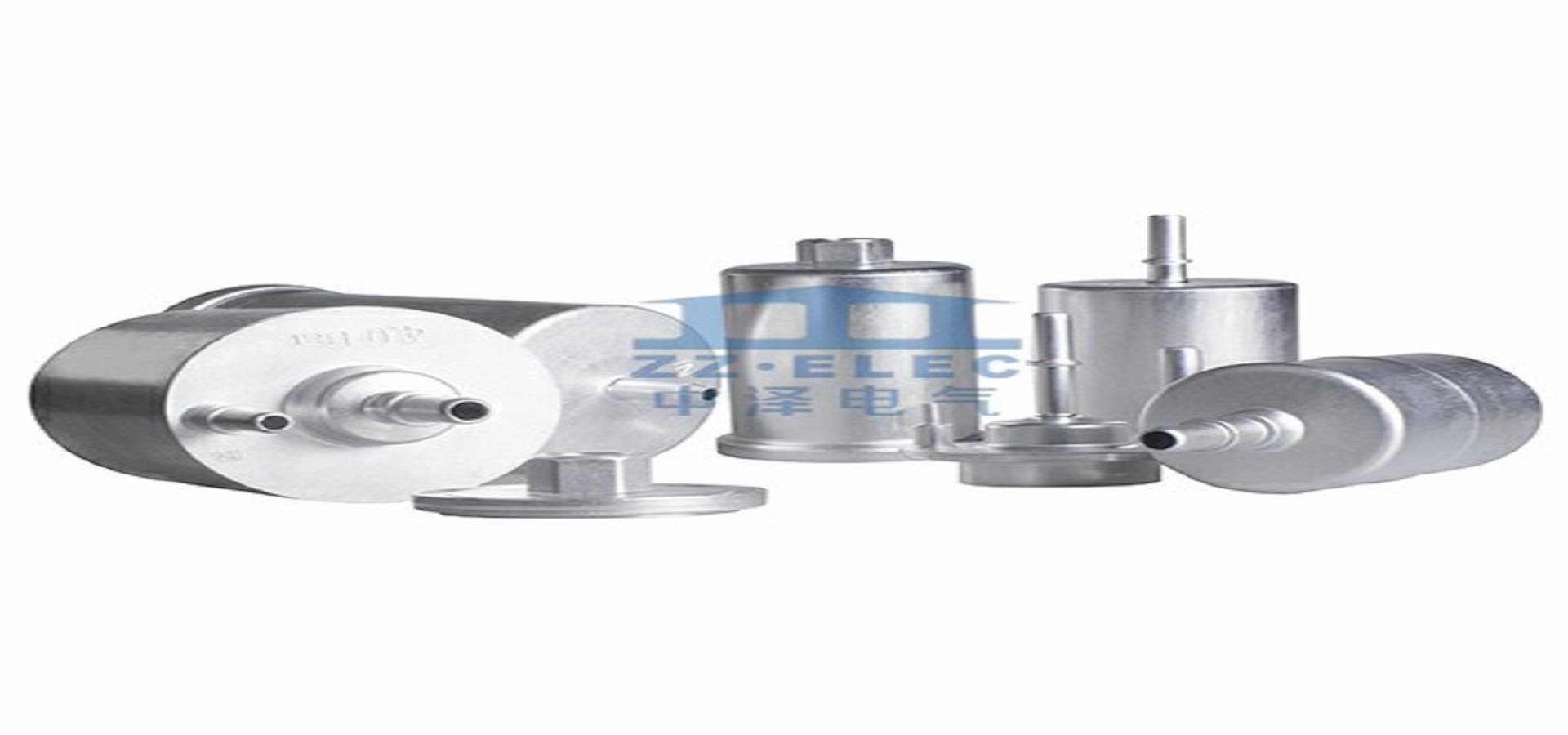In the absence of special instruments, the quality and quality of
capacitors can be detected and judged with the resistance gear of a multimeter. When a capacitor with good performance is connected to the power supply, the needle of the multimeter should have a larger swing; the larger the capacity of the capacitor, the greater the swing of the needle. After the swing, the needle can gradually return to zero. If the pointer of the multimeter does not swing at the moment when the capacitor is turned on, it means that the capacitor fails or is open circuit; if the pointer keeps indicating the power supply voltage without swinging, it indicates that the capacitor has been broken down and short-circuited; if the pointer swings normally, but does not return to zero , indicating that the capacitor has leakage, the higher the indicated voltage value, the greater the leakage. It should be pointed out that the auxiliary DC voltage used to measure the capacitor with a small capacity cannot exceed the withstand voltage of the capacitor under test, so as to avoid the breakdown and damage of the capacitor caused by the measurement. To accurately measure the capacity of a capacitor, a capacitive bridge or a Q meter is required. The above simple detection method can only roughly judge the quality of the pressure gauge capacitor.

Pointer multimeter measurement:
1. Use a multimeter to judge the positive and negative s of electrolytic capacitors for some electrolytic capacitors with low withstand voltage. If the positive and negative marks are unclear, the leakage current can be small (large resistance value) according to its positive connection and leakage when reversed. Judging by the characteristics of large current. The specific method is: touch the two s of the capacitor with red and black test pens, remember the magnitude of the leakage current (resistance value) (the resistance value indicated when the pointer swings back and stops), and then short the positive and negative s of the capacitor. Next, switch the red and black test pens before measuring the leakage current. Judgment is based on the indication value of the small leakage current. The that is in contact with the black test is the positive end of the electrolytic capacitor. This method is more difficult to distinguish the polarity of electrolytic capacitors with small leakage current.
2. Use the resistance gear of the multimeter to check the quality of the electrolytic capacitor. The two s of the electrolytic capacitor are divided into positive and negative. When checking the quality of the electrolytic capacitor, the resistance gear should be Put it in the R×100 or R×1K gear, connect the red test to the negative end of the capacitor, and the black test to the positive end. At this time, the multimeter pointer will swing and then return to zero or near zero. Such electrolytic capacitors are good. The larger the capacity of the electrolytic capacitor, the longer the charging time and the slower the pointer swings.
3. Use the resistance gear of the multimeter to roughly identify the quality of the capacitors above 5000PF. The resistance gear of the multimeter can roughly identify the quality of the capacitors above 5000PF (those below 5000PF can only judge whether the inside of the capacitor is broken down). When checking, put the resistance range at the high-end value of the range, and the two test s are in contact with both ends of the capacitor. At this time, the pointer swings quickly and then recovers. Connected in reverse, the swing amplitude is larger than the time and then recovers. Such capacitors are good. The larger the capacity of the capacitor, the greater the swing of the meter pointer during measurement, and the longer the pointer recovery time. We can compare the capacity of the two capacitors according to the size of the swing of the meter pointer.
4. Check the variable capacitor with a multimeter. The variable capacitor has a set of fixed pieces and a set of moving pieces. Use the resistance gear of the multimeter to check whether there is any contact between the moving and fixed pieces. Use red and black test pens to connect the moving piece and the fixed piece respectively, and rotate the shaft handle. The pointer of the meter does not move, indicating that there is no short circuit between the moving and fixed pieces ( touch the piece); if the pointer swings, it means that the capacitor has a short circuit.
